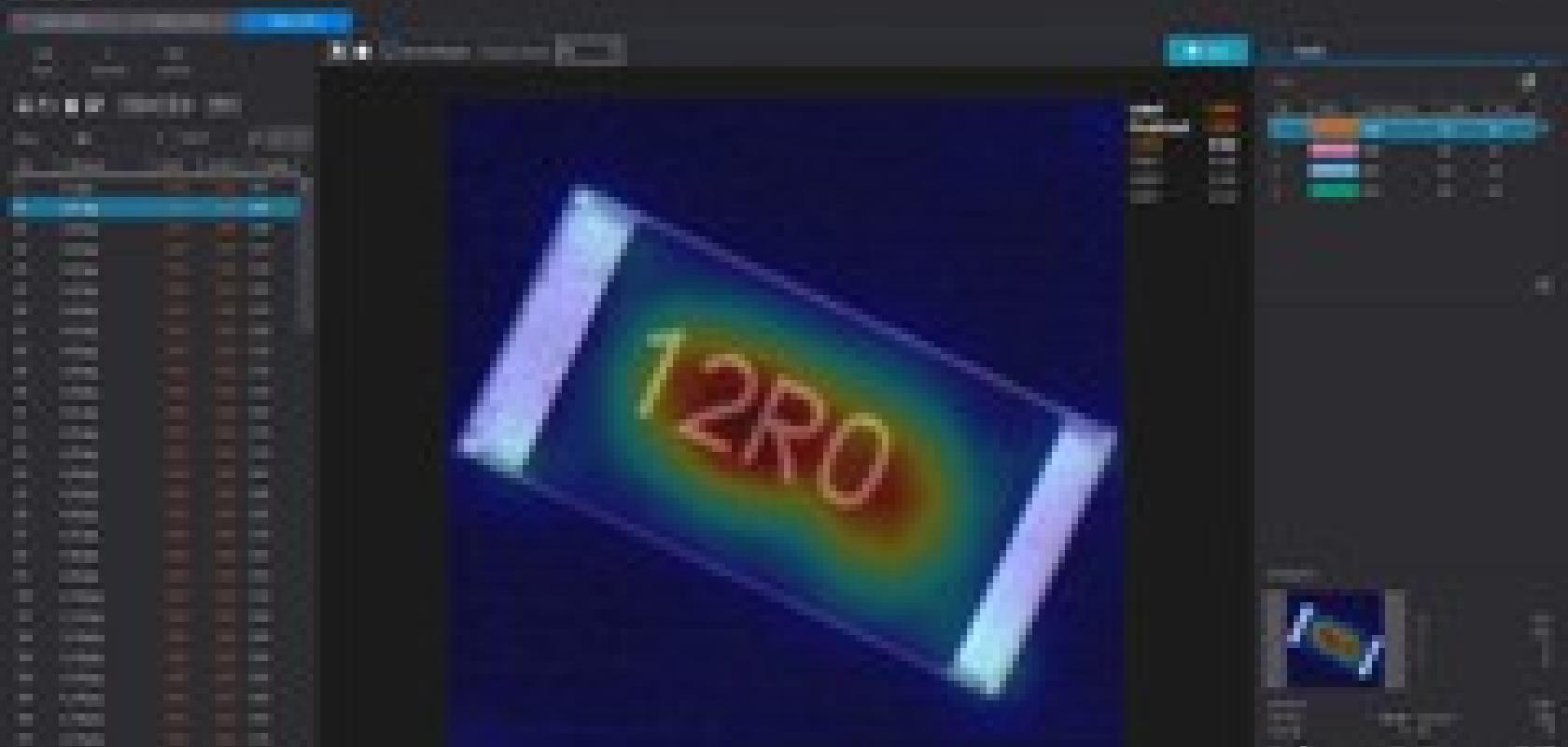Deep learning technology will be in abundance at the upcoming Vision show to be held in Stuttgart from 6 to 8 November.
MVTec Software, Adaptive Vision, Irida Labs, Stemmer Imaging, Silicon Software and Matrox Imaging will be among the companies exhibiting deep learning technology, a subset of machine learning and artificial intelligence employing neural networks.
Exhibiting for the first time at Vision will be: Sualab, a South Korean company that plans to unveil SuaKit deep learning software for machine vision inspection; Deepsense, an AI company based in Warsaw, Poland; and Portuguese inspection company Neadvance.
Hanjun Kim, a marketing manager at Sualab, commented: ‘Even in areas where machine vision has already been implemented, adding in deep learning can drastically boost the speed and accuracy of the inspection process.’
Sualab recently released version 2.1 of its SuaKit software with four upgraded functions: ‘continual learning’, ‘uncertainty data value provision’, ‘multi image analysis method’, and ‘one class learning’.
The 'continual learning' function uses a pre-trained model to inspect similar products, such as in PCB defect inspection. The 'multi image analysis method' uses a number of images in a bundle, which increases the inspection speed. The ‘one class learning’ function deals with the problem of a relative lack of defect data found in industrial inspection by detecting defective products using only normal examples, while the ‘uncertainty data provision’ function shows the level of difference between normal and defect images.
The company says that automobile companies in Japan and electronics companies in other Asian regions are using SuaKit.
Deepsense will present a solution for visual quality control at Vision in Stuttgart. The software is designed to inspect objects with complex patterns, such as wood or textiles, without the need for tedious manual configuration. Robert Bogucki, chief science officer at Deepsense, also sees great potential in applying deep learning to the field of healthcare in the future.
Florian Niethammer, project manager for Vision at Messe Stuttgart, commented: ‘On 6 to 8 November in Stuttgart, it’s going to be tremendously exciting to see how exhibitors present a topic as talked-about as deep learning and link it to conventional machine vision, as well as embedded vision. In line with our campaign motto, ‘Be Visionary’, we’re expecting a veritable explosion of new products and solutions that many wouldn’t have even imagined just two years ago at the last Vision.’
Systems based on deep learning structures are able to analyse huge volumes of digital image data, which makes it possible to train them to recognise models of certain objects, Dr Olaf Munkelt, managing director of MVtec Software, said in a statement. ‘With the help of this training data, the classifier in question then learns how to differentiate between the classes specified,’ he added.
![]()
‘The strength of deep learning lies in how its approach can take more flexible decisions than the sets of predefined rules you find in conventional machine-vision systems,’ stated Volker Gimple, who heads the machine vision group at Stemmer Imaging. ‘Deep learning offers an edge whenever you have test objects with large variations that make them difficult to model mathematically,’ added Dr Klaus-Henning Noffz, managing director of Silicon Software.
Today, deep learning is being incorporated into applications where machine vision handles the classification of the test object in question. Dr Noffz offered an example from automotive manufacturing: ‘With the help of deep learning, self-learning algorithms can detect every single tiny flaw in the paint – even those invisible to the naked eye.’
While a number of hurdles remain in the application of deep learning – the amount of time and effort necessary for execution and the training of neural networks, for example – companies like Framos are confident that deep learning will dominate virtually every method of classification, such as in quality assurance or sorting, in the medium term.
Dr Noffz is also a believer: ‘By shifting the focus from programming to training such systems, deep learning can achieve widespread use. Tasks related to classification, for instance, are much easier to handle than with algorithmic techniques. Neural networks are especially suited to many other activities, as well, including those involving reflective surfaces, environments with inadequate lighting, moving objects, robotics, and 3D.’
Combining deep learning with traditional machine vision can nevertheless make sense when it comes to ensuring 100 per cent classification, as Irida Labs’ Vassilis Tsagaris commented: ‘It won’t be long before we start seeing more and more hybrid systems. Most of the time, you need both deep learning and computer vision algorithms that have proven to be robust.’
Related article:
AI for industry - Michał Czardybon, general manager at Adaptive Vision, gives his view on how to make the most of deep learning in industrial vision


